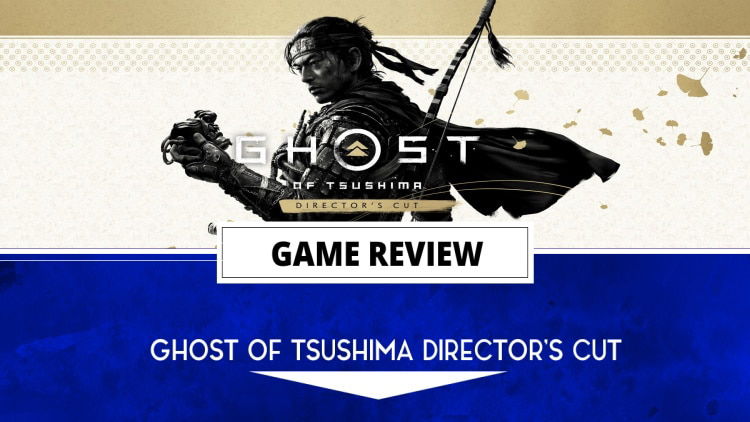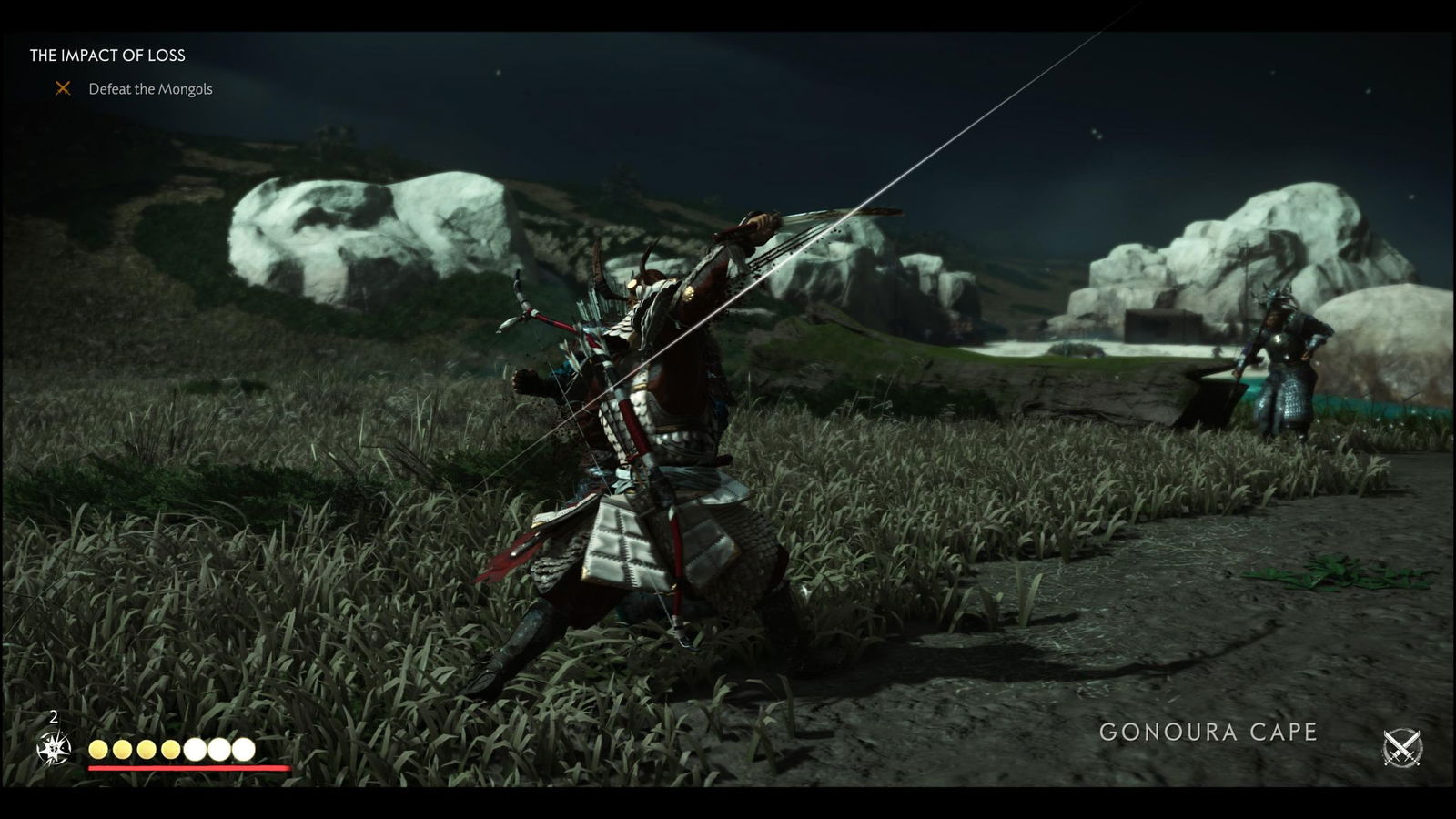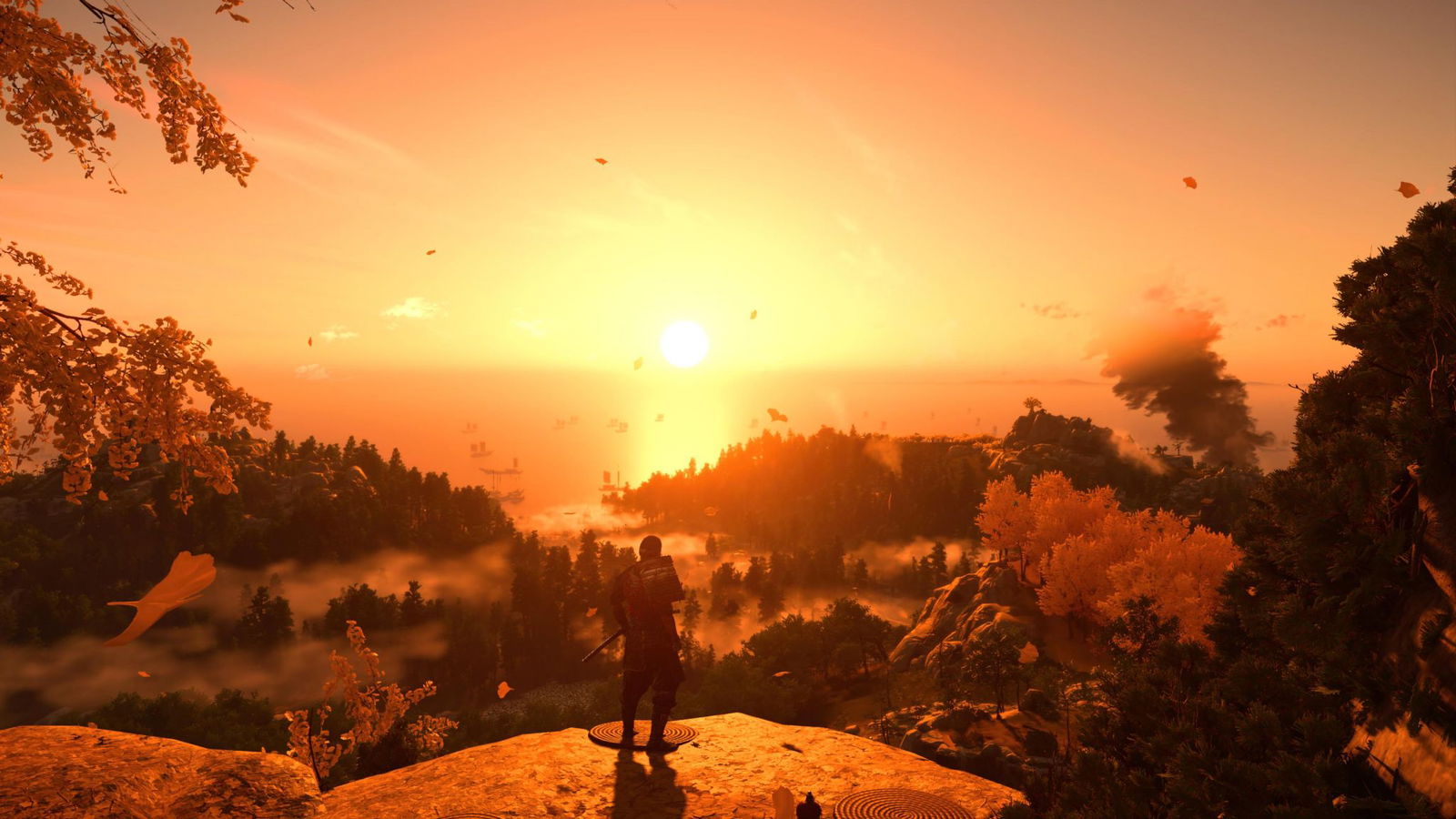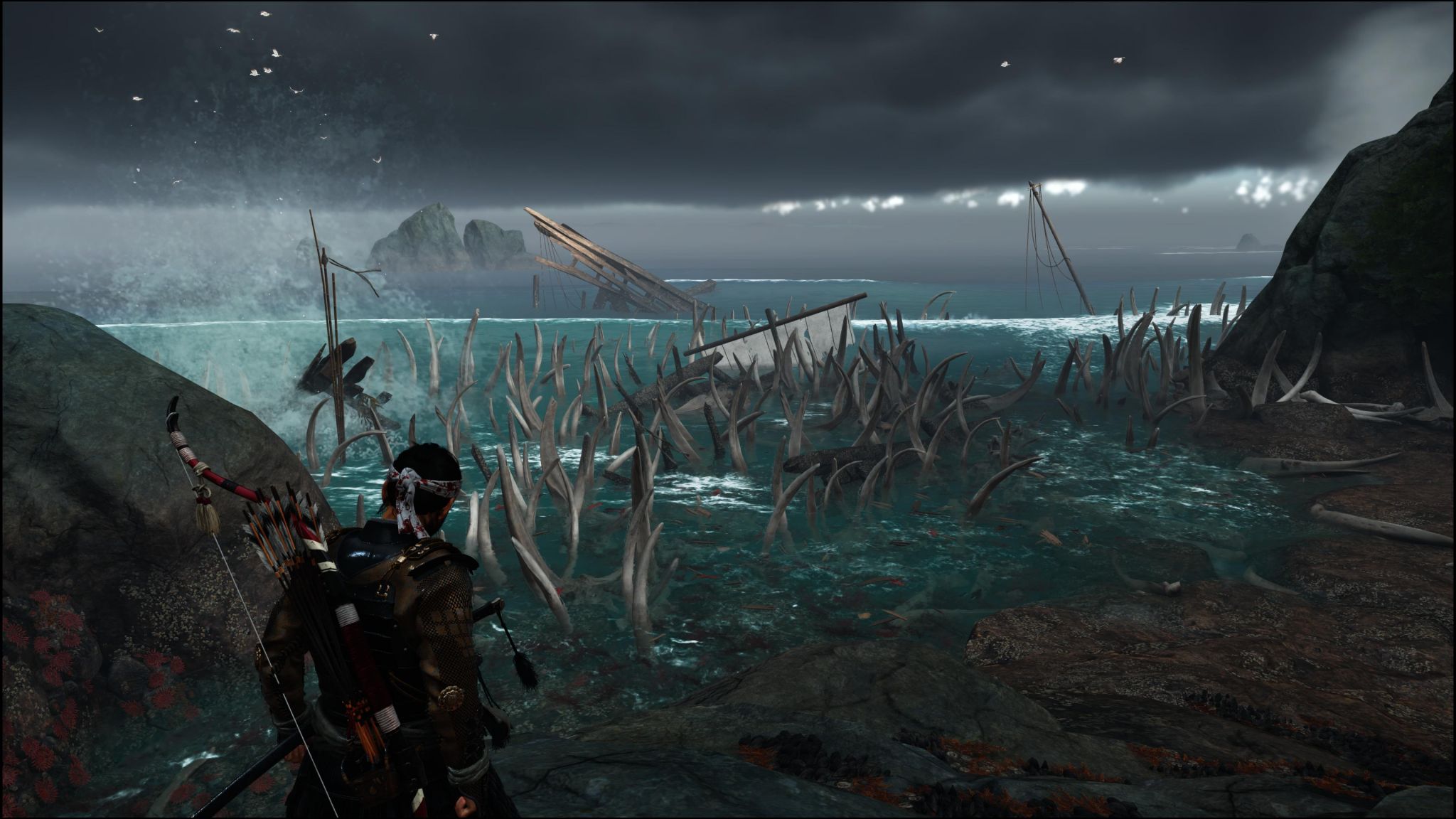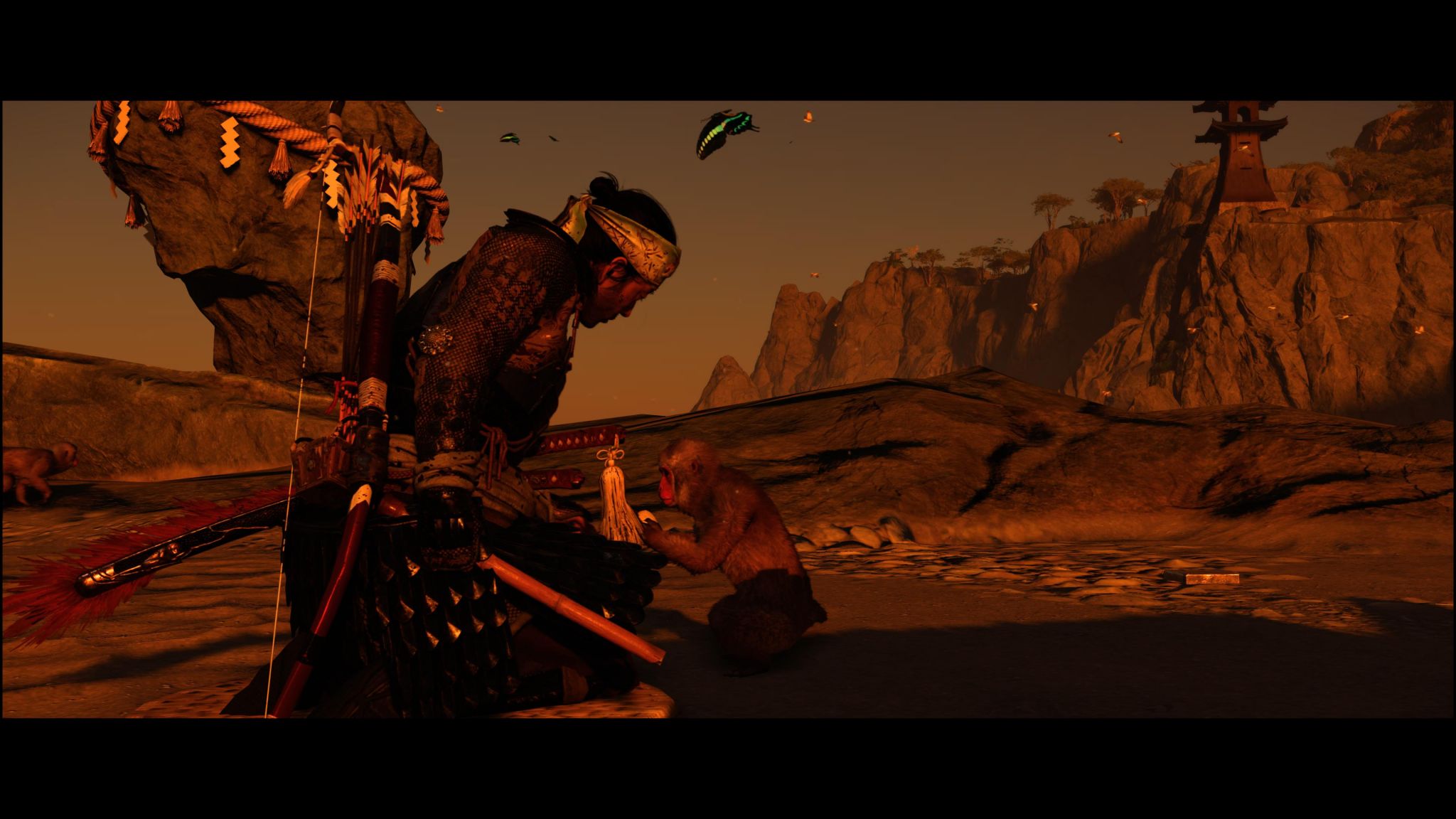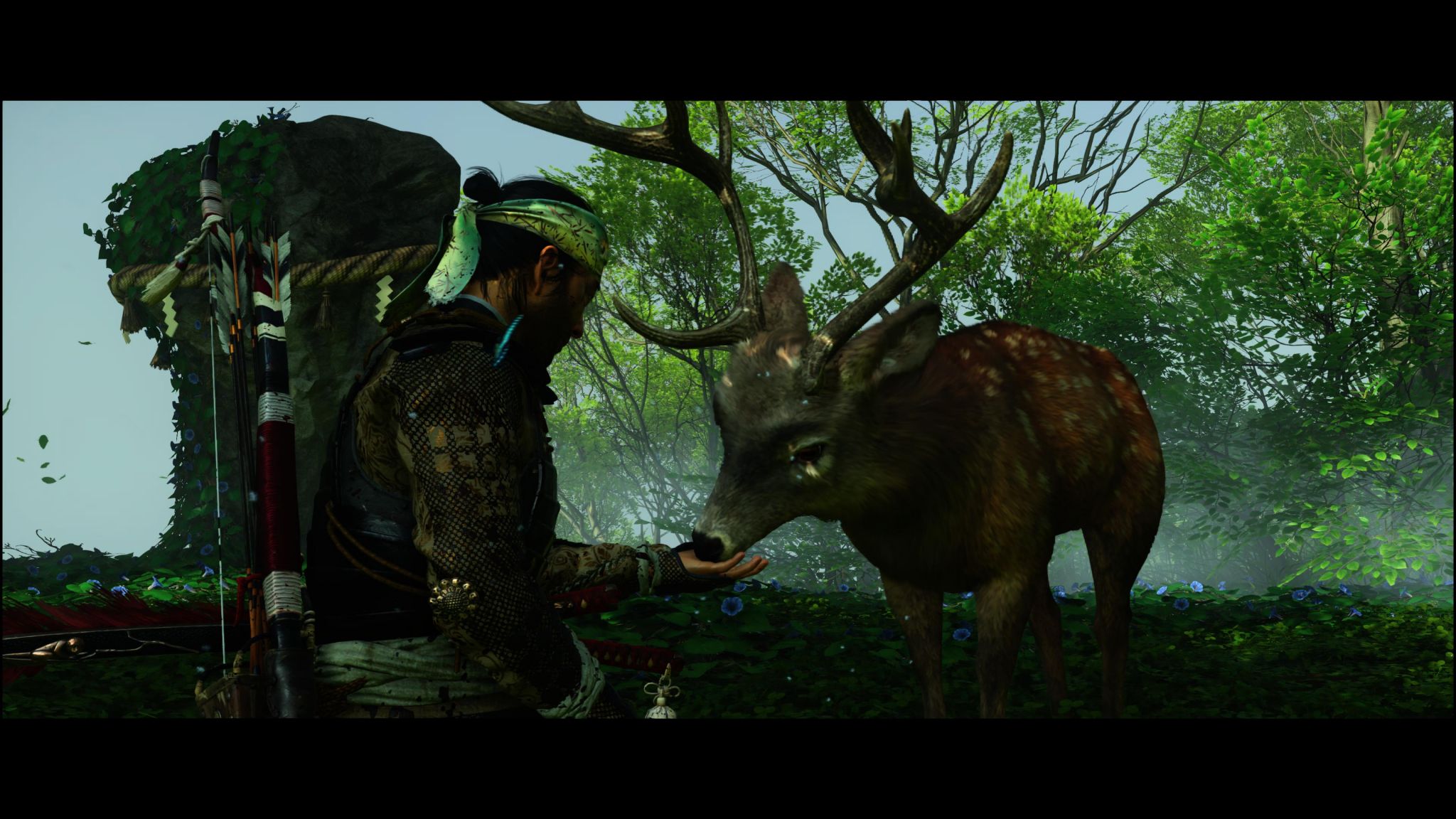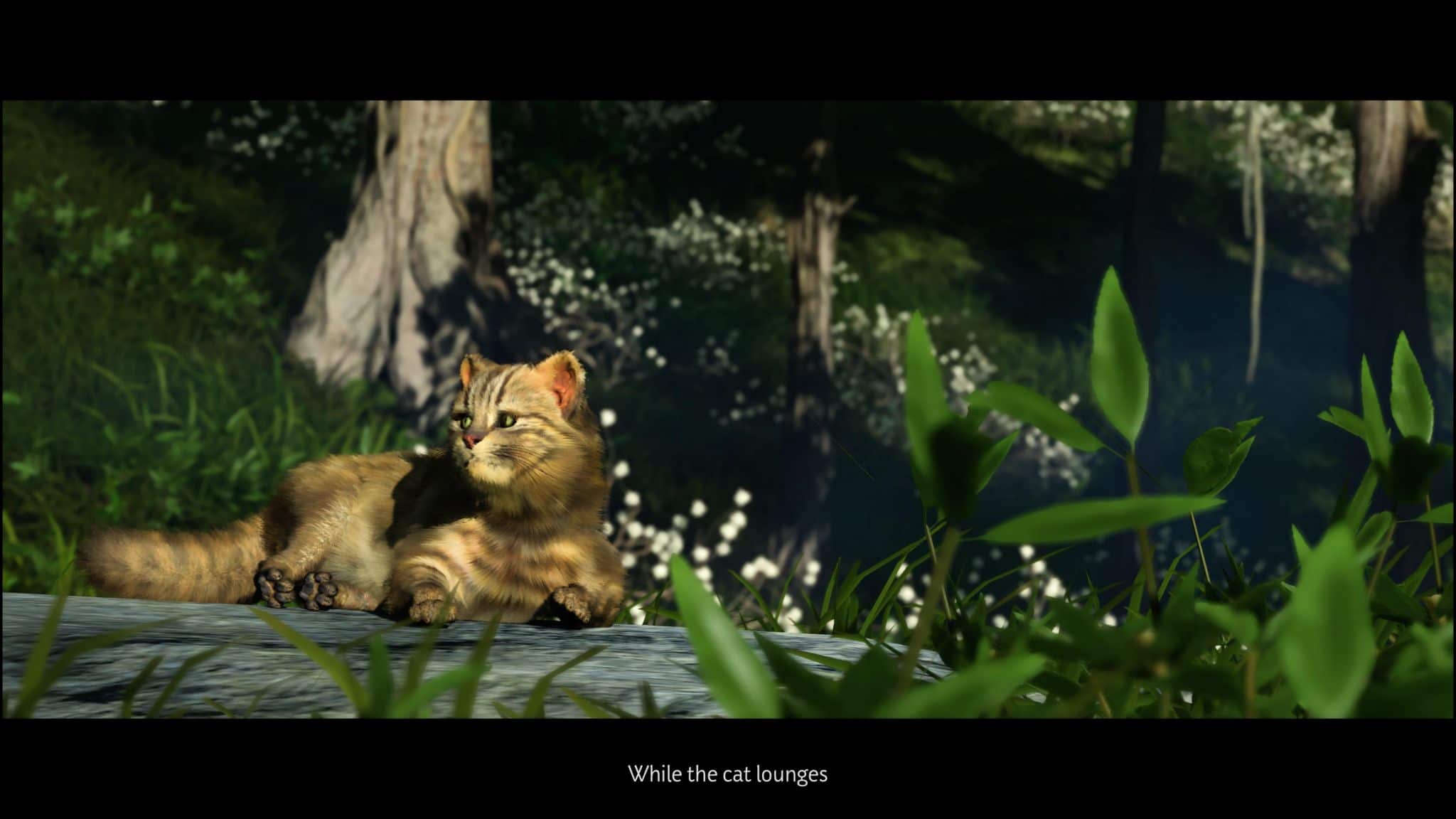One of the most beautiful games of 2020 just got better.
When Ghost of Tsushima was released in 2020, it was a surprisingly fresh take on the open-world genre of games. This is amazing when you consider that it didn’t alter the formula much compared to other games of its type. While games like Assassin’s Creed Valhalla were boring you with a massive map with nothing worth doing at all, Cyberpunk showing that consumers won’t tolerate a broken game anymore and Phoenix Rising proving that copying a popular open-world game with none of the heart will result in a mediocre experience, Ghost of Tsushima was busy showing the world that excellent gameplay, a stunning environment and a more compact open world can deliver one of the most satisfying experiences without having to reinvent the wheel in the process.
In the base game review, I covered the core gameplay and world of the main game, so I won’t be going over it again in this review. Instead, I’ll be covering the Iki Island expansion and the PS5 changes made to the game. If you wish to read our review of the original release, please click here for the full review.
Game Name: Ghost of Tsushima Director’s Cut
Platform(s): PlayStation 5, PlayStation 4
Publisher(s): Sony
Developer(s): Sucker Punch Productions
Release Date: August 20th, 2021
Price: £20/$20 DLC addon, £9/$10 for the PS5 upgrade
Starting with the PS5 upgrades for the Director’s Cut, the newest feature that players will likely pay the most attention to is the added DualSense functionality. Ideally, the Dualsense implementation is supposed to increase your immersion in the land of Tsushima, with the player being able to feel each sword strike. Each gallop of your horse as you trek across fields of long grass and over sandy beaches and, for the most part, the game succeeds, but it often feels like the feedback that the controller gives has been turned all the way down. What I mean by that is either you barely feel most of the feedback from the controller, or you don’t feel any at all. It’s weirdly sporadic at times. For example, when riding your horse over ice, every 3rd gallop is actually felt while the rest are completely devoid of feedback. I’m unsure if this is designed or a glitch, but either way, a half-functioning feedback system is more immersion-breaking than not having one.
The real star of the DualSense in the Director’s cut is the Haptic triggers when using bows or the blowpipe; drawing back the string on the longbow gives the player a real sense of resistance. Certain interactable elements in the environment also give you this immersive feeling of resistance that really shows off what’s special about the DualSense controller. I only hope that as more games come out for the PS5, the player base will get more experiences tailored to the advanced features of this controller as it is easily one of the bigger selling points for the PS5.
Another improvement brought in with the PS5 version is the 4K graphical update that fans have been asking for since the release of the PS5. Players can also choose between higher resolution at the cost of frames per second or higher performance, which will lower the game’s visual fidelity if the frame rate starts taking a hit. Personally, I find this option to be a bit needless because after playing the entire game from start to finish and platinum it again (the hard way), I didn’t notice any frame rate issues. I’m sure if you watch a comparison video online, you’ll see frame drops in the single-digit that you won’t see with the naked eye. Still, for the average player, you really won’t notice a single difference if you play the entire game on higher resolution.
As Ghost of Tsushima was always a highly stylized game as opposed to a graphical powerhouse title, a 4K graphical was never going to be the game-changer that people were expecting it to be, the real star here for me is the switch from 30 to 60fps, and on the PS5 it is buttery smooth. Since the release of the PS5 and Xbox Series X, I struggle to play games at 30fps anymore, so I’d say that the frame increase is an easy win for all of the changes made in the Director’s Cut me.
The final addition for the PS5 version of the Director’s Cut is the improved Japanese lip-sync. I personally did not play either the PS4 or the PS5 version in Japanese, but my partner did, and after watching them play the game, the difference between the base game lip-sync and the PS5 version is night and day. The team over at Sucker Punch clearly took great care to ensure that the lip-sync for the Japanese cast is perfectly matched up, so if you play Ghost of Tsushima in Japanese, this is really a no-brainer to have.
The main question regarding the PS5 upgrade that most people have is, is it worth the cost? That’s a hard thing to quantify for me. I believe that the improvements made make the gameplay and feel better, but £9/$10 feels like too much for what players actually got. If the upgrade were £4/$5, I would be singing a different tune. However, the DualSense implementation was poorly executed, with only the adaptive triggers being consistently good. The 4K and 60FPS upgraded is an easy selling point, while Japanese lip-sync improvements should have been included with the base version of the Director’s Cut. Locking it behind a paywall seems odd to me.
Moving away from the PS5 upgrade, the main selling point of the Director’s Cut is, without a doubt, the Iki Island expansion. The Island itself is about half the size of the first area, so it’s a pretty large yet contained area to explore with its own set of secrets, encounters, and a new story to boot. The story of Iki Island takes place during the Mongol invasion of Tsushima, during act 2, to be specific, is when Jin comes across a small village where all the inhabitants have gone seemingly insane, crying out about a demon that is invading their minds. During your investigation of the village, you are attacked by a group of Mongols that claim to be sent by their leader known as the Eagle to prepare for her arrival from Iki Island. Jin must then travel to Iki Island to face this new threat to ensure that the people of Tsushima are spared from a bloody campaign on two sides.
During your first encounter with this new group of Mongols, you are introduced to two new enemy types; the first one is a Mongol soldier that can switch up their combat style of the fly switching from sword and shield to dual swords and/ or a spear based attack, this new enemy type (especially on higher difficulties) forces the player to switch up their stances on the fly to ensure that you can deal with them effectively. The other enemy type is the Shaman. The role of the Shaman is to hang back during combat, at which point they will begin to chant; while they are chanting, enemies are faster, stronger, possess more health than normal adversaries, in addition to all normal parries becoming blue parries and all blue parries become unblockable attacks. The aim of the game here is to basically take out these Shamans first before you even think about engaging the main group.
The story of Iki Island is a more personal story for Jin as it was on this Island that his father, Lord Kazumasa Sakai, led a bloody campaign to bring this unlawful land under the ordered control of the Samurai. Unfortunately for Jin, his father failed in this task, and Kazumasa was later slain in front of Jin’s adolescent eyes. This means that not only is Iki Island a dangerous place for Jin not only as a samurai but as a Sakai, it also means that this Island is a deep source of trauma for Jin that he must overcome in order to defeat the Eagle clan and restore what little order there was to Iki Island.
The story itself for the Iki Island expansion fits really well into the narrative of Ghost of Tsushima. Still, it does suffer from the same issue a lot of story-based DLCs suffer from when you get back to the main game. Once you return to Tsushima, it is simply like Iki Island never happened. It’s a bit jarring, especially when characters say things that contradict what has happened. I understand that rewriting and re-voicing parts of the main campaign would be quite the task, but something a simple as a few throwaway lines would keep the immersion alive without the need to overhaul the main campaign.
Putting the story aside, Iki Island is a joy to explore with multiple returning world events such as bamboo stands, haiku spots, and shrines. Still, there are also some new world events to interact with, such as animal sanctuaries and archery challenges which are fun in their own right.
While the whole experience can range between 10 to 15 hours, Iki Island is a meaty expansion that brings with it several quality of life improvements that on their own seem inconsequential but bringing them all together makes what is easily the definitive experience of Ghost of Tsushima, it a flawed experience, but the pros far outweigh the cons.
Want more game reviews from The Outerhaven? Consider the following:
Aliens: Fireteam Elite Review (PC)
Boyfriend Dungeon Review
FORECLOSED Review (PS5)
Ghost of Tsushima Directors Cut PS5 Review
Game title: Ghost of Tsushima Directors Cut
Game description: Ghost of Tsushima is a 2020 action-adventure game developed by Sucker Punch Productions and published by Sony Interactive Entertainment. Featuring an open world, the player controls Jin Sakai, a samurai on a quest to protect Tsushima Island during the first Mongol invasion of Japan.
Summary
Ghost of Tsushima Directors Cut is the definitive experience of the 2020 title, including the Iki island expansion the Directors Cut also brings with it a wealth of improvements and secrets that players can spend hours unraveling.
Pros
- Quality of life updates bring a fresher experience
- Iki island offers a large slice of quality content
- 60FPS update is a needed addition
Cons
- Lack on story links between Iki island and Tsushima
- PS5 upgrade cost is steep for what you get
-
Ghost of Tsushima Directors Cut


